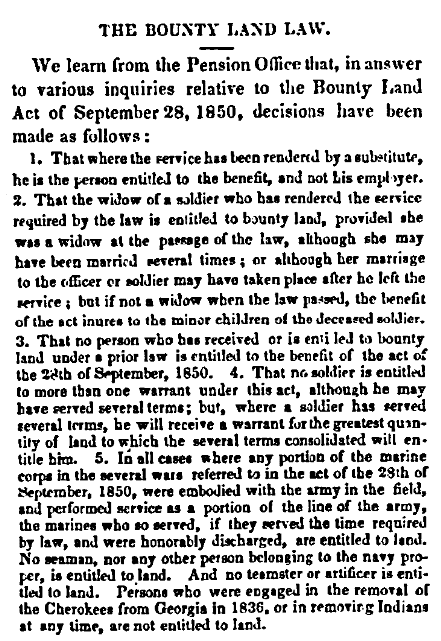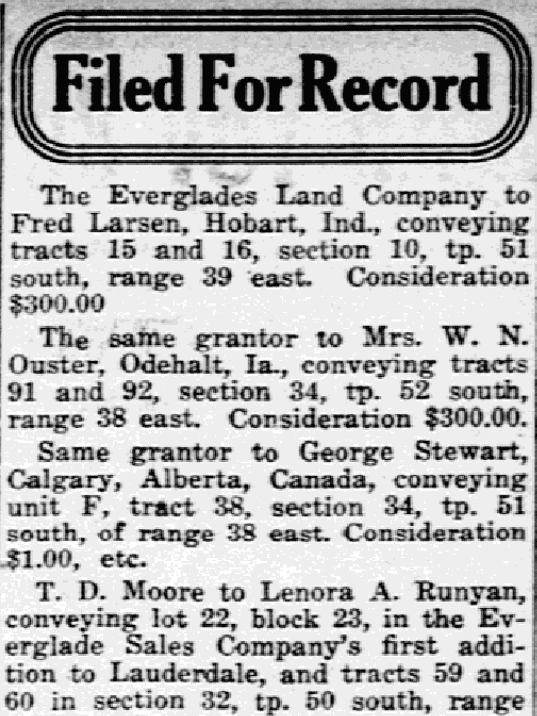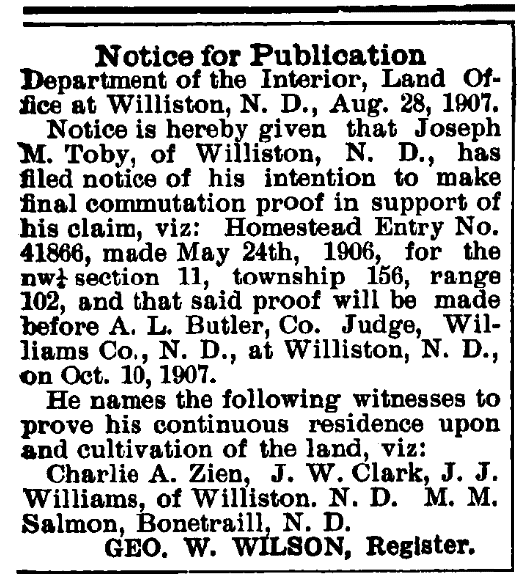Introduction: In this article – part of an ongoing “Introduction to Genealogy” series – Gena Philibert-Ortega defines some of the terms genealogists encounter when researching land records. Gena is a genealogist and author of the book “From the Family Kitchen.”
Have you researched your ancestors in land records? Land record research can be more complex than focusing on vital records or the census, especially if you are unfamiliar with the vocabulary terms involved. I was reminded of that recently when I saw a professional genealogist reply to a social media posting of an aerial photo of land (that looked like a giant patchwork quilt) with the response that it wasn’t a photo of “metes and bounds.”
Do you know the difference between metes and bounds vs. the rectangular survey? That’s just one important concept that you should know before you explore land records. Land records can tell you a lot about your ancestor, but before you research those records it’s helpful to be familiar with some of the terms you’ll encounter.
Terms and Definitions
The following is not a comprehensive list of land record terms, but it will help get you started with better understanding the records.
Bounty Land
“Land that is given to an individual in exchange for military service or as a bonus for enlisting in the military.” (1) Starting with the Revolutionary War, the federal government gave out land until 1855 as a military service incentive. According to genealogist Christine Rose, “more than 550,000 veterans, widows, and minor heirs received land, including some who may have applied more than once…” (2) Her book Military Bounty Land, 1776-1855 can help you understand the process and what records your ancestor might be listed in.

Deed
A legal document that transfers ownership of property. Deeds are important to family history research because they contain the “names of the grantor/grantee; bordering neighbors; witnesses; land description and acreage; payment; dates; dower release; previous owner’s name; county and state of residence; signatures.” (3)
Dower Rights
A widow’s interest in her deceased husband’s real property: 1/3 of his real property she could elect to take as her dower rights, or what her husband left in his will. Her dower rights were provided before the estate paid out other creditors. If her husband sold the land while she was alive, she would be listed as having given up her dower rights without pressure. Not all states recognized dower rights. (4)

Grantor
The seller of a property.

Grantee
The buyer of a property.
The Homestead Act
The Homestead Act was passed during the Civil War on 20 May 1862, granting any head of household or person over the age of 21 years who was a citizen or intended to be a citizen – and had never taken arms up against the United States – the right to acquire “160 acres of surveyed public land for a minimal filing fee and 5 years of continuous residence on that land.”
However, this Act wasn’t the complete remedy for getting land into the hands of the average farmer. Instead, the majority of the land went to “speculators, cattlemen, miners, lumbermen, and railroads.” (5) You can read the Homestead Act and learn more at the Homestead National Monument of America website.

Metes and Bounds
“A method of describing a parcel of land by citing the owners of abutting lands and describing the length of each course of a boundary as ‘along’ some apparent line, such as, ‘along a stream’ or ‘ten paces north from the large oak tree.’ These surveys do not conform to the rectangular survey system. In modern usage, a metes and bounds description includes the bearings and distances of each course.” (6)
Patent
“A grant of land given to an individual by the government.” (7) You can search patents at the BLM Federal Land Office website.
Public Domain
Land owned by the government rather than an individual.
Quitclaim Deed
Transfer of land with no guarantee that it had a clear and valid title. (8)

Rectangular Survey System
“The rectangular survey system (as opposed to the metes and bounds system) uses imaginary ‘nets’ of big rectangles superimposed on the land. The center of a net is anchored at a known geographic position. Two base lines cross at the center, one north-south and the other east-west. The north-south base line of the net is called a meridian. The big 24-mile rectangles are called tracts. Tracts are each divided into 16 townships. Townships are divided into sections.” (9)
Have You Researched Your Ancestor’s Land?
Researching your ancestor’s land can be an important part of your genealogical search. Aside from the land and property records, be sure to also search historical papers for articles about the sale or purchase of land, as well as taxes owed. You can learn more about researching land and property records in E. Wade Hone’s text, Land & Property Research in the United States (1997). A resource for learning more about federal land terms is the Bureau of Land Management’s General Land Office website’s Glossary. Also don’t forget to consult the FamilySearch Research Wiki for resources for land records for the location you are researching.
_______________________
(1) Melnyk, Marcia Y. The Genealogist’s Question & Answer Book. Cincinnati: Betterway Books, 2002. Page 213.
(2) Rose, Christine. Military Bounty Land, 1776-1855. San Jose, Calif: CR Publications, 2011. Page xv.
(3) Hone, E W. Land & Property Research in the United States. Provo, Utah: Ancestry Pub, 2008. Page 185.
(4) “Dowry versus Dower Rights,” Vita Brevis (https://vitabrevis.americanancestors.org/2015/03/dowry-versus-dower-right/: accessed 6 September 2019).
(5) “The Homestead Act,” Our Documents (https://www.ourdocuments.gov/doc.php?flash=false&doc=31: accessed 11 September 2019).
(6) “Glossary,” Bureau of Land Management General Land Office Records (https://glorecords.blm.gov/reference/default.aspx#18: accessed 11 September 2019).
(7) Melnyk, Marcia Y. The Genealogist’s Question & Answer Book. Cincinnati: Betterway Books, 2002. Page 214.
(8) Ibid.
(9) “Glossary,” Bureau of Land Management General Land Office Records (https://glorecords.blm.gov/reference/default.aspx#18: accessed 11 September 2019).
Related Articles:
